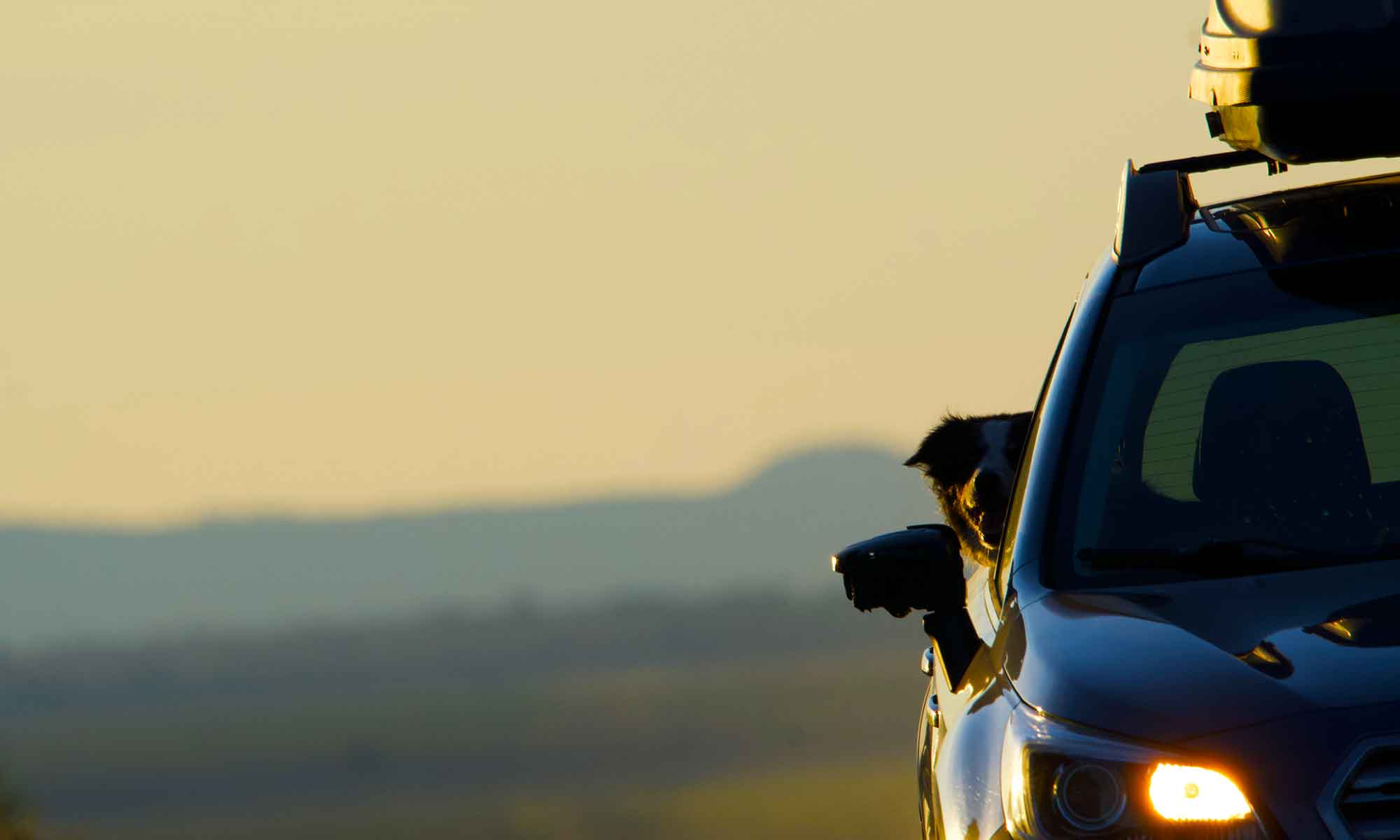
Oregon has an abundance of natural wonders and otherworldly places. Most of these destinations are an easy drive from our house. Thus we are making it a point to visiting as many as possible.
This week we headed back to the John Day Fossil Beds. We drove past Mitchell about 30 miles to the Sheep Rock Unit. The “Thomas Condon Paleontology Center” is located here. A recently constructed visitor building (open Fri, Sat, & Sun.) has the mandatory gift shop but also some excellent interpretive displays that detail the site’s history and fossils.
However, today we are headed to the north edge of the Sheep Rock Unit and the Blue Basin.

 There is a 4 mile loop trail that takes you to an overlook or a shorter 2 mile walk “trail through time” that follows the lower edge of the basin’s sculpted walls.
There is a 4 mile loop trail that takes you to an overlook or a shorter 2 mile walk “trail through time” that follows the lower edge of the basin’s sculpted walls.
The shorter trail takes you into the canyon. Interpretive panels and fossil replicas are spaced throughout the trail.

Dogs are allowed (leashed) on the trail. However, there are a series of bridges crossing the ravine bottom decked with a paw-poking metal grates.

 Tip wanted nothing to do with these and the alternate routes were just too precarious. He and I did make it to the entrance of the basin, found a shaded bench to wait while JQ, camera in hand, documented the blue-green canyon for our blog.
Tip wanted nothing to do with these and the alternate routes were just too precarious. He and I did make it to the entrance of the basin, found a shaded bench to wait while JQ, camera in hand, documented the blue-green canyon for our blog.
A mere 44 million years ago this place was a tropical forest filled with lush vegetation (172 species) abundant wildlife including three toed horses and saber tooth tigers. Then 7 million years ago a volcano spewed hot ash and gas over a 13,000 square mile area. The event brought devastation to the plant and animal life but encased a treasure trove for 20th century geology and paleontology.

Vegetation from that landscape turned into a unique blue-green soil that eventually eroded into what is now the Blue Basin. The Painted Hills site, it’s red and green layered hills seems to garner the most attention and is definitely a must see. However, Blue Basin is equally as fascinating and well worth the additional 30 minute drive.














 We head along a scenic drive to explore the prehistoric past of Oregon and stop at the Clarno Unit of the John Day Fossil Beds. It is located 18 miles west of the town of Fossil, Oregon.
We head along a scenic drive to explore the prehistoric past of Oregon and stop at the Clarno Unit of the John Day Fossil Beds. It is located 18 miles west of the town of Fossil, Oregon. The Palisades are the most prominent landform and are ancient mudflows.
The Palisades are the most prominent landform and are ancient mudflows. In Central Oregon you are at the mercy of winter’s weather whims.
In Central Oregon you are at the mercy of winter’s weather whims.


 The state park at it’s northwestern edge is the starting point for a series of trails that take you into the ring of volcanic ash and around it’s outer perimeter.
The state park at it’s northwestern edge is the starting point for a series of trails that take you into the ring of volcanic ash and around it’s outer perimeter.



 Northwest of Bend, a man-made lake occupies a space made up of igneous rock, once cut into by three rivers. This is where the Metolius and Crooked join the Deschutes river. The waters of Billy Chinook draw hundreds of power boaters from May to November, however in the winter months, the canyon walls are quieter and we can indulge our geological interests in relative peace.
Northwest of Bend, a man-made lake occupies a space made up of igneous rock, once cut into by three rivers. This is where the Metolius and Crooked join the Deschutes river. The waters of Billy Chinook draw hundreds of power boaters from May to November, however in the winter months, the canyon walls are quieter and we can indulge our geological interests in relative peace.



